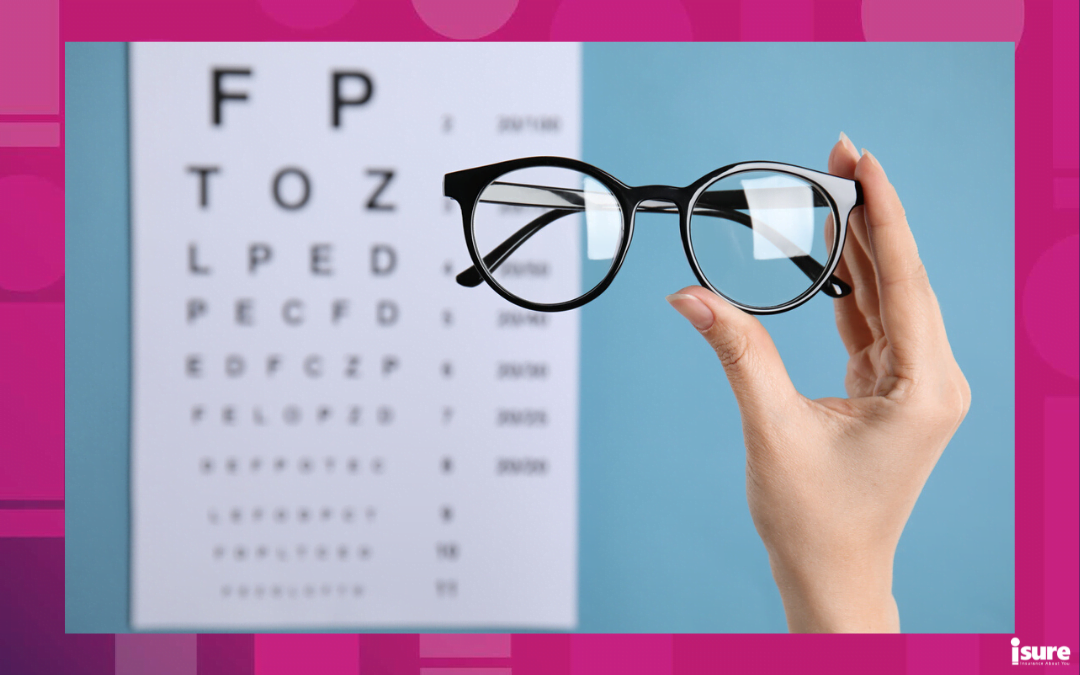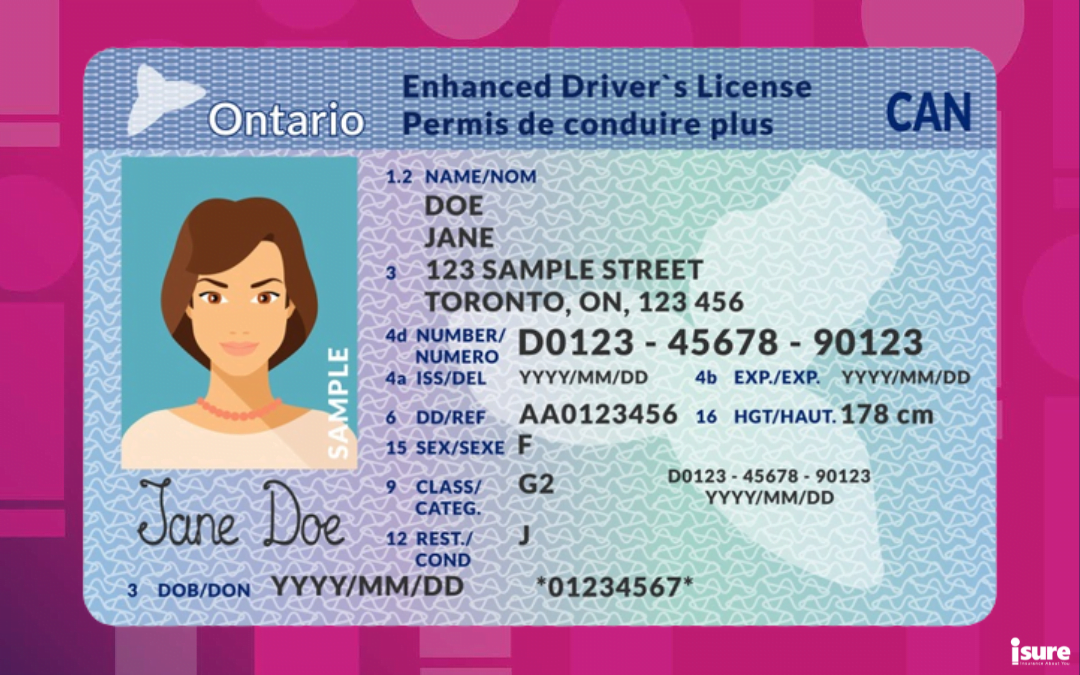With road safety being a top priority for Ontarians, it’s important for the government to ensure that people are healthy enough to be behind the wheel of a car. When you receive any type of licence, there are some guidelines that must be followed. These guidelines take place before you get your licence and in some cases, must be followed even after you’ve been driving for years. Different standards must also be met depending on the vehicle licence. Read below to access our guide on vision, hearing and medical standards for Ontario drivers, including commercial drivers.
What are the medical standards for those with Class G and M licences?
If you’re an everyday driver, which most people reading this probably are, then this part is for you! This is for all drivers with a Class G or M (motorcycle) licence. In Ontario, all drivers must meet basic medical standards in order to get behind the wheel of a car or motorcycle. Professionals, such as physicians, optometrists and nurse practitioners, are all required to report to the government if you have a high-risk medical, vision or functional condition that can impair your driving. On top of this, occupational therapists are also given discretionary authority to report said conditions. When applying for or obtaining a licence, you must not have any of the following:
- Medical or emotional disability that can significantly interfere with your driving
- Physical disability that can significantly interfere with your driving
- An addiction to alcohol or drugs to a point where it is likely to interfere with your driving
In addition to these basical medical standards for Ontario drivers, the standards published by the Canadian Council of Motor Transport Administrators is also used for licensing decisions.
Vision standards for Class G & M drivers
In order to get a licence for a car or motorcycle, there are also some mandatory vision standards you must meet. To start, everyone who applies for a G1 or M1 licence must take a vision test with and without glasses. These standards are tested with a visual acuity using the Snellen rating chart. Your vision must not be poorer than 20/50! Additionally, there’s a requirement of ‘a horizontal visual field of at least 120 continuous degrees along the horizontal meridian, and at least 15 continuous degrees above and below fixation.’ If the peripheral standards are not met, you may be eligible for a vision waiver.
Hearing standards for Class G & M drivers
A common misconception about the hearing standards for G and M drivers is that those who are hearing imparied are unable to drive. However, people with hearing impairments or hearing loss are still able to obtain both a G and M class licence. When it comes to the testing process, you will be able to include a hearing coach. In fact, many hearing impaired driver’s are considered to be more cautious while on the road due to their impairment.
Medical reports and licence suspensions
Sometimes, the government will receive reports from certain people regarding your ability to drive. These reports generally come from professionals, such as:
- A registered physician
- Nurse practitioner
- Therapists
- Optometrists
- Police officers
Most cases get reviewed by the government and evaluated to see how it holds up to national medical standards and the medical standards for Ontario drivers found in the Highway Traffic Act. However, more serious or complex cases may be reviewed by the Medical Advisory Committee, a panel of experts and medicals professionals in the fields of:
- Cardiology
- Psychiatry
- Endocrinology
- Ophthalmology
- Internal, rehabilitation, geriatric and addiction medications
This process can take up to 15 business days and from there, will determine if you are medically fit to be on the road. If you are deemed unfit to drive, you will receive a ‘Notice of Suspension’ in the mail. You will also receive a letter containing steps to take and what medical information is needed in order to get your licence back.
How can I reinstate my licence after a suspension?
Reinstating a suspended licence can differ, depending on why it is suspended in the first place. However, it is always reconsidered once you have sent in the requested medical information and it has been reviewed. These reviews come on a first-come, first-serve basis. Once received, they take about 15 business days to review. After review, they will decide if your licence can be reinstated and meet the medical standards. Some other outcomes may include a commercial licence downgrade or to take a new road test or functional assessment. You may also need to file additional medical information if needed.
You can appeal a medical suspension (aside from vision) or medical downgrade from a commercial licence. This is done by applying for an appeal through the Licence Appeal Tribunal and paying a fee. The tribunal is able to confirm, change or reverse the decision. These decisions in medical cases can be appealed to the Superior Court of Justice within 30 days from the decision date. Until the appeal is heard, your licence will remain suspended.
What is a functional assessment?
A functional assessment is a full medical assessment that includes an on-road evaluation. It is done by a qualified driving instructor and a therapist. You may need to perform a functional assessment if you are deemed medically unfit to drive. This can include a neurological condition, physical disability or cognitive impairment. If you are required to undergo an assessment, the Ministry of Transportation will send you a letter informing you. Included in this letter will also be a list of approved functional assessment centres near you.
Can you access driver medical review services online?
Yes! All medical review services are able to be accessed online through the Ontario website. However, this only works if you have been contacted and assigned a case number. Once you register, you will be able to:
- Access your case
- Submit your driver medical review documents
- Ask questions related to your case
The website is also set up to send you an email when your questions have been responded to or if your case has been reviewed.
What are the medical standards for commercial drivers with a Class A, B, C, D, E or F licence?
Vision standards for commercial drivers
When it comes to tractor-trailer, school bus and city bus drivers, there are a few things to consider when obtaining a licence when it comes to your vision. All of the above vision standards for G and M driver all apply, except there are some additions and slight changes:
- Must have a visual acuity that is not poorer than 20/30 with both eyes opened
- If you wear glasses, you must have 20/100 in your weaker eye, with our without them on
- A horizontal visual field with both eyes open of at least 150 continuous degrees along horizontal median
- A horizontal visual field with both eyes open of at least 20 continuous degrees above and below fixation
Hearing standards (applies to B, C, E, and F licensed drivers)
Generally speaking, most people with hearing disabilities are still able to drive throughout Canada! however, there are some exceptions if you drive any vehicles such as busses, ambulances or smaller trucks. If you have hearing that is better in one ear than it is the other and wish to drive one of these vehicles, you must observe the following:
- Be able to perceive in the better ear a forced whisper at a distance of 1 and a half metres, with or without a hearing aid
- Not have hearing loss in your better ear of more than 40 decibels at 500, 1000, and 2000 hertz. This is if an audiometer is used to test the driver’s hearing.
Medical standards (A, B, C, D, E and F drivers)
If you are looking into driving a tractor-trailer, school bus or city bus, the medical standards you must follow will differ greatly from a regular G or M licence! This is because you will need to be submitting medical reports. These reports must be completed a physician or nurse practitioner that is licenced to practice medicine within Canada. You can obtain a form from your local DriveTest centre!
If you have already obtained your class A, B, C, D, E or F licences, medical reports must be submitted
- Every five years, under age 46
- Every three years, age 46-64
- Annually, age 65 and over
If you already have one of the above licences, you will receive a form in the mail 90 days before your report is due.
Submitting a medical standards report form
When it comes to submitting your medical report form, you have a few options to choose from! Many doctors clinics will submit your completed medical report form to the Ministry of Transportation office for you. This will be your easiest option. However, not all clinics offer to do so. If this is the case, you can submit your form in person to the Ministry of Transportation, or by mail. Your physician or nurse must have answered “yes” or “no” to question one, and “no” to questions two through nine.
What happens if my Medical Standards report is late or I fail a medical report?
If your medical report is not submitted by the due date, your licence will be downgraded back to a class G licence. This means you would no longer be eligible to drive any vehicles outside of a normal car. If you fail to meet the current medical standards, you may be asked to submit additional information from your treating physician or nurse practitioner as to why they no longer think you are eligible. From there, the Ministry of Transportation will tell you what is required to have your case reconsidered or if you have a right to appeal the decision.
All in all, you need to ensure you abide by the medical standards for Ontario drivers. Remember, no matter what sort of vehicle you are getting behind the wheel of, it is always important to make sure it is properly insured. If you are looking into switching providers or are in need of a new policy, give us a call. We take pride in our low premiums and top notch customer service. Request a quote today!




